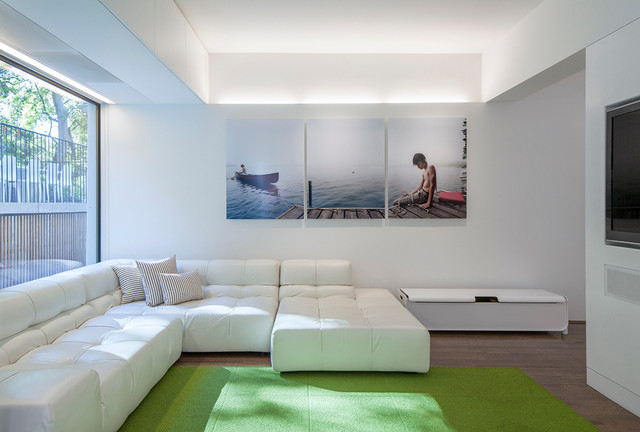
Types Of Building Stones Used In Kenya
Building stones are a crucial component in the construction industry as they provide durability, strength, and aesthetic appeal to buildings.
We'll discuss the different types of building stones used in Kenya, their properties, advantages, and disadvantages.
Whether you're a builder or a homeowner, this article will provide valuable insights into selecting the right type of building stone for your construction project. Let's get started!
Types Of Building Stones
1. Granite
Granite is a hard, durable, and dense stone that is commonly used for building walls, columns, and floors. It comes in various colors and patterns, making it an aesthetically pleasing choice for construction projects.
2. Limestone
Limestone is a sedimentary rock widely used in construction due to its durability and aesthetic appeal. It is commonly used for flooring, wall cladding, and as a decorative element in architectural designs.
3. Sandstone

Sandstone is a sedimentary rock commonly used to build walls, pillars, and sculptures. It is a durable stone resistant to weathering, making it an ideal choice for exterior construction projects.
4. Slate

Slate is a fine-grained metamorphic rock commonly used for roofing, flooring, and wall cladding. It comes in various colors and textures, making it a popular choice for interior and exterior design.
5. Marble

Marble is a metamorphic rock known for its unique veining patterns and striking appearance. It is commonly used for flooring, wall cladding, and as a decorative element in architectural designs.
6. Basalt

Basalt is a volcanic rock formed from the rapid cooling of lava flows. Basalt has several properties that make it an attractive choice for construction, including its durability, strength, and resistance to weathering.
7. Quartzite

Quartzite is a metamorphic rock, a hard and durable material resistant to heat and weathering. It can be found in various colors and textures, making it a popular choice for indoor and outdoor applications.
8. Laterite
Laterite is used as building stone, but its outer surface needs to be plastered. It contains a high percentage of iron oxide and can be easily cut into blocks. Laterite occurs in soft and hard varieties, and the compressive strength of laterite is between 1.9MPa and 2.3 MPa, and its strength is increased with seasoning.

9. Gneiss

Although gneiss stone may not be suitable for construction due to harmful substances in its composition, its hard varieties can still be utilized in minor construction. Gneiss is available in various colors, from light grey to pink, purple, greenish grey, and dark grey, and its texture can vary from fine to coarse grains.






